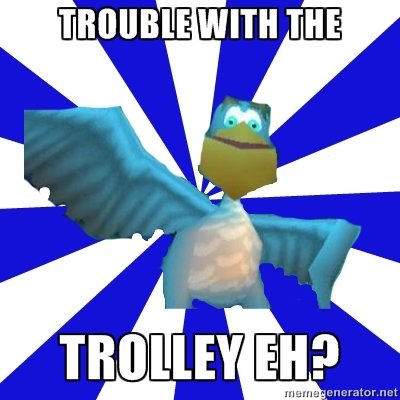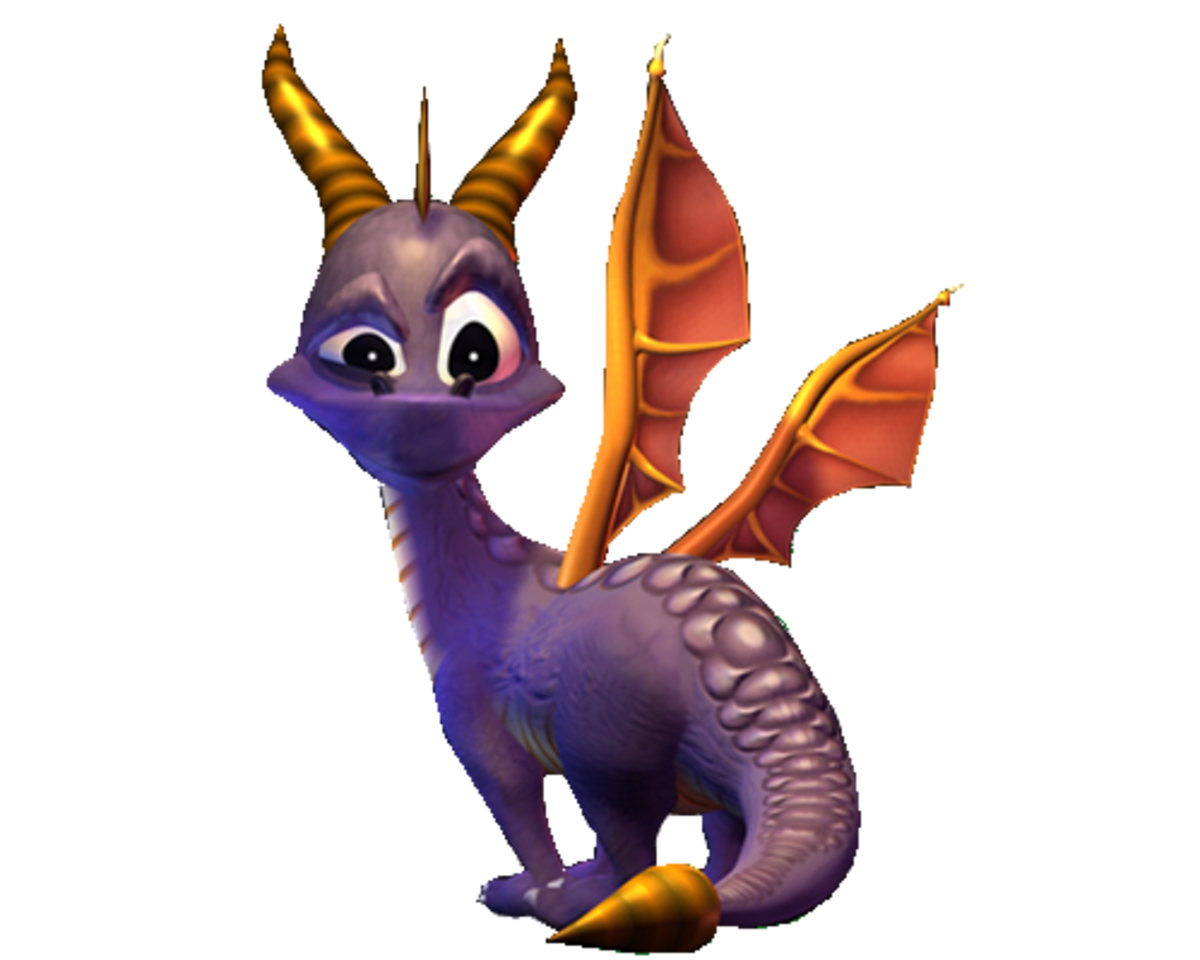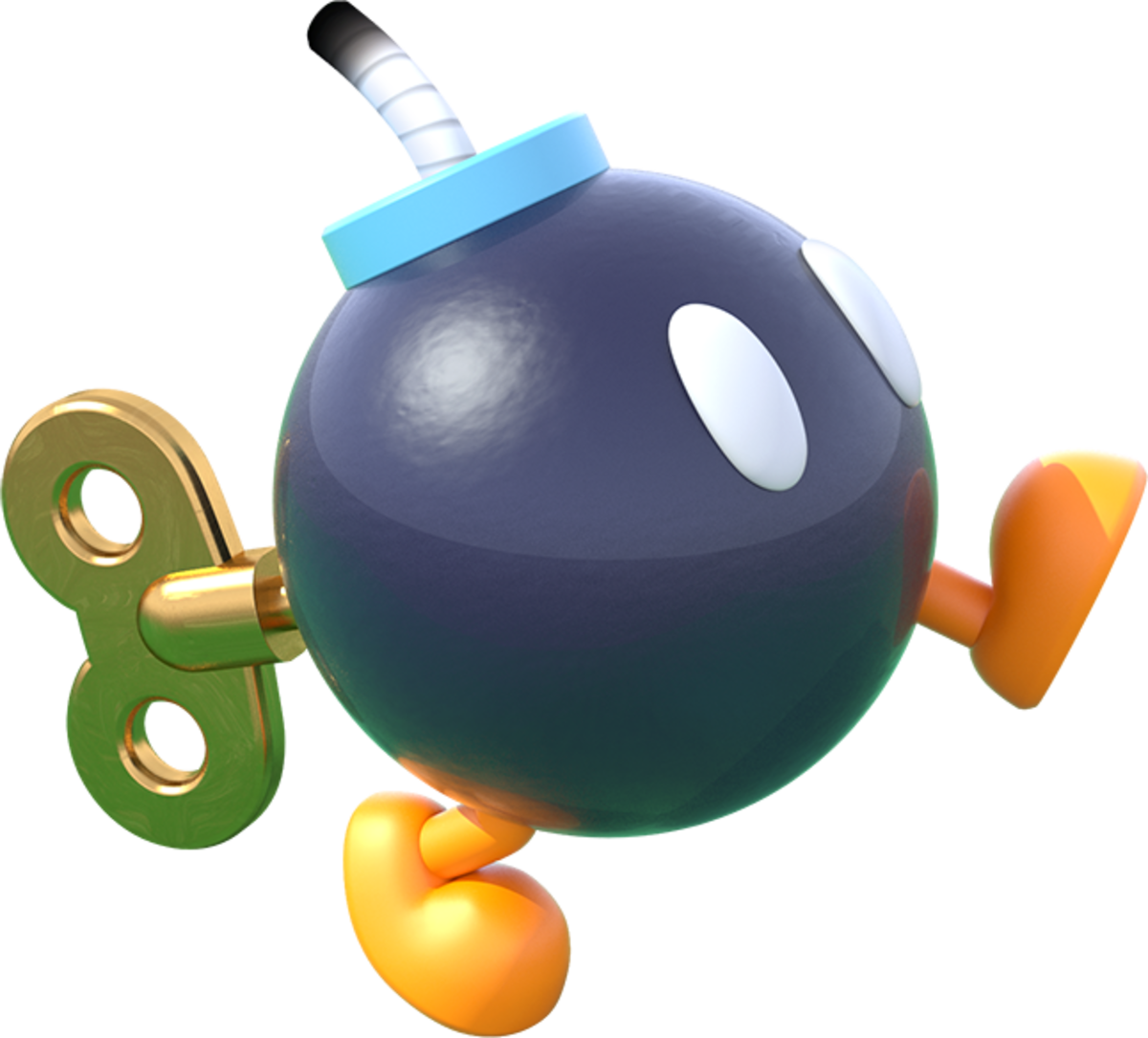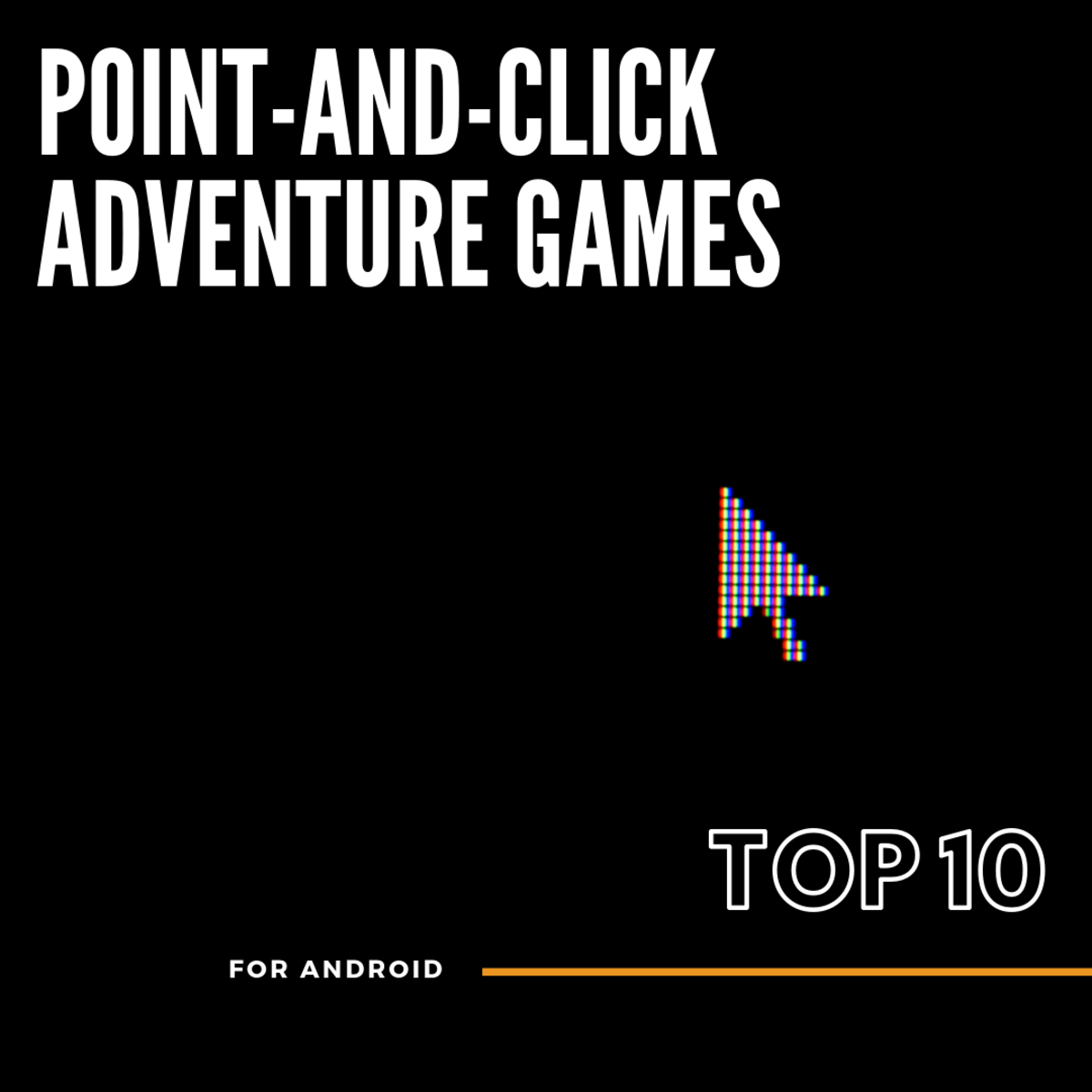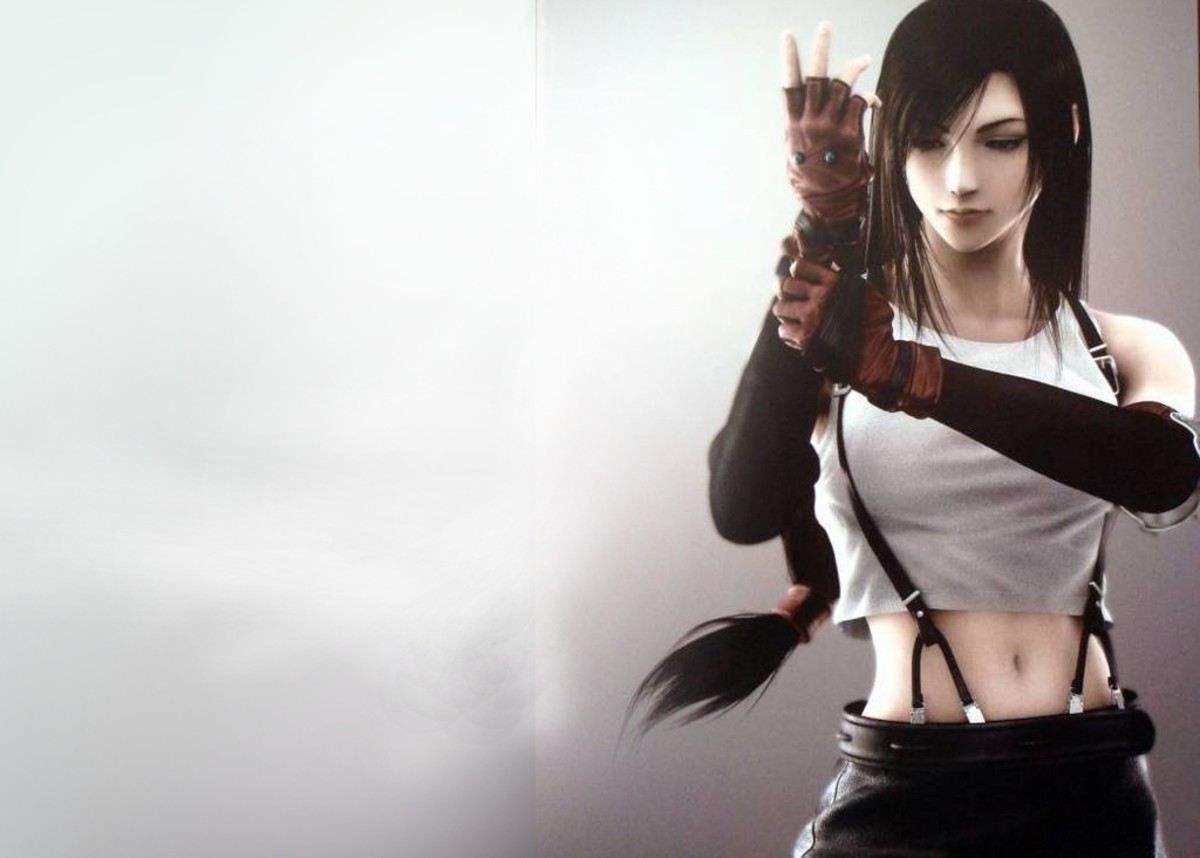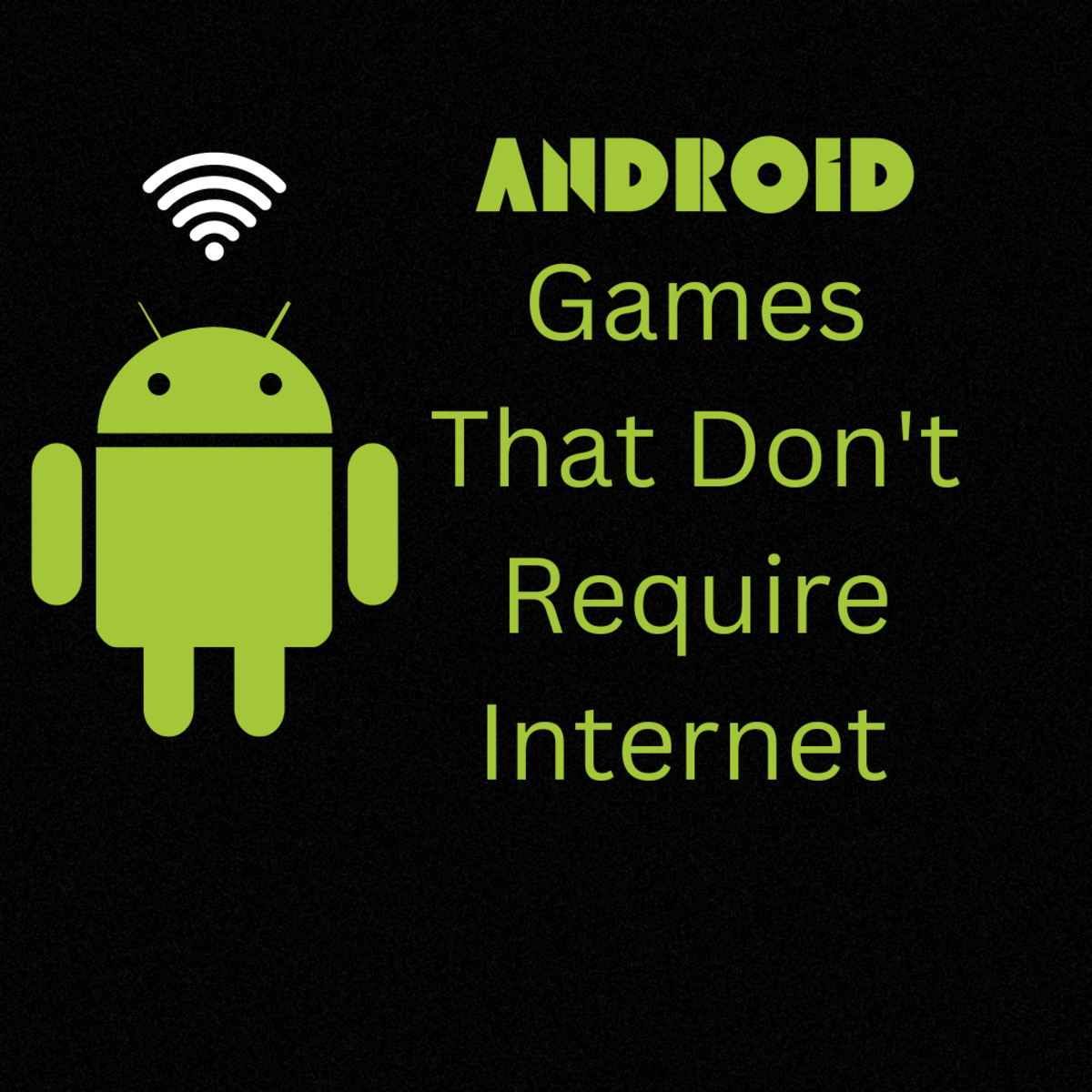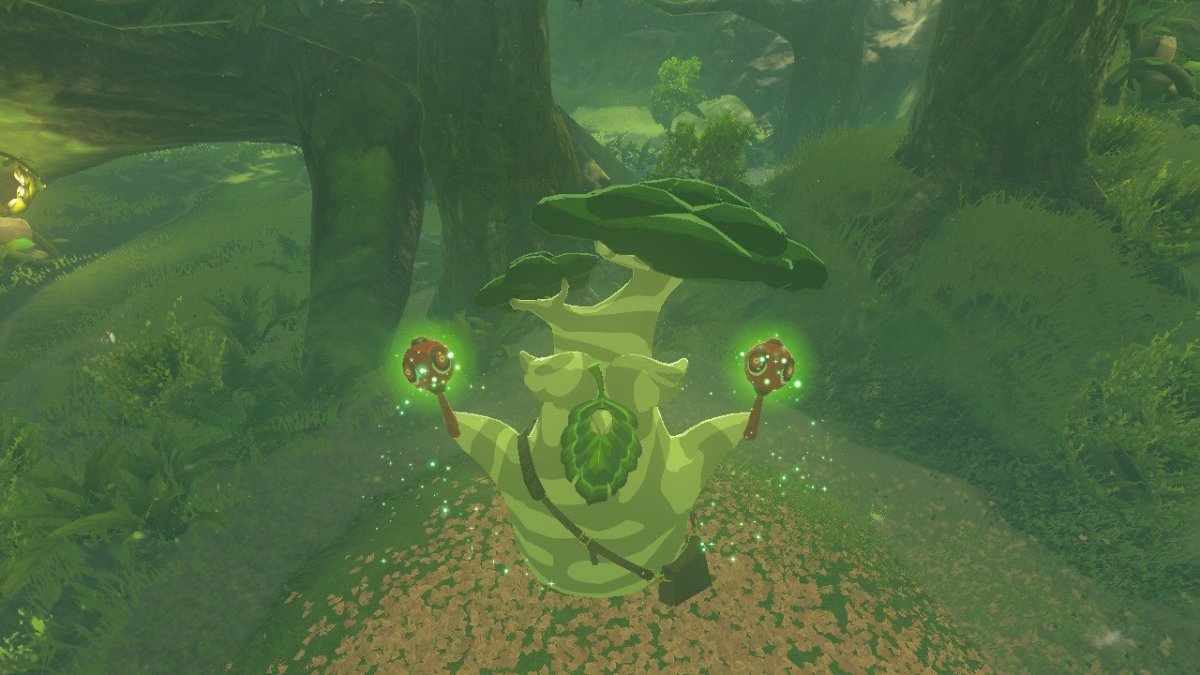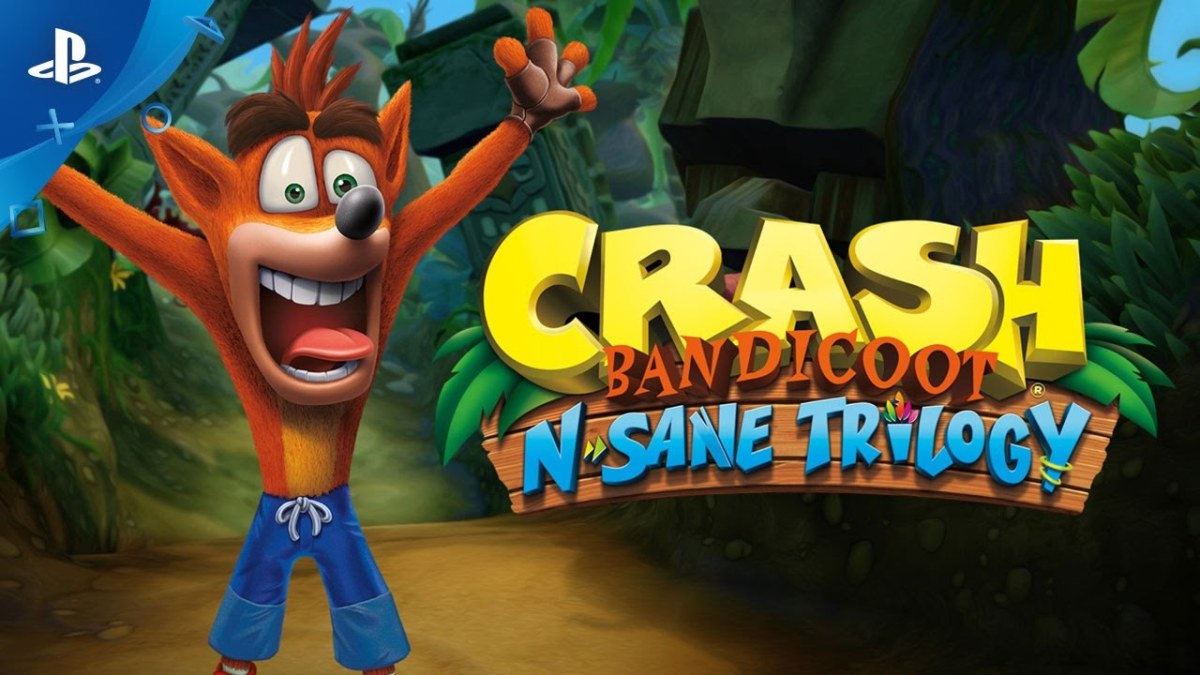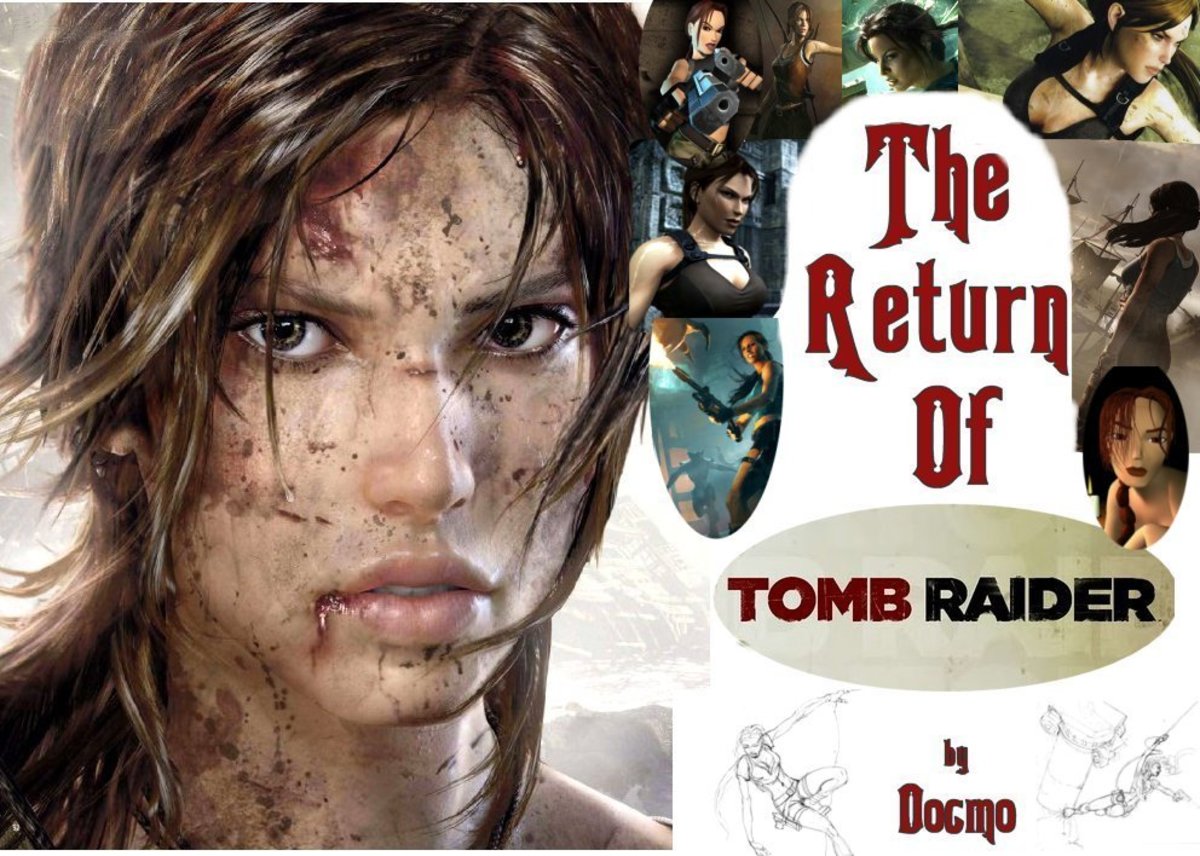Spyro the Dragon: A Retrospective Review
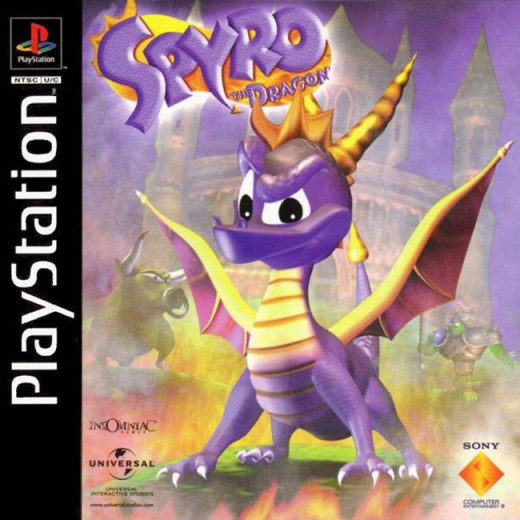
Introduction
If you're familiar with my previous works you may know that I sometimes talk about past experiences in gaming from a personal standpoint. Here, I'm going to do that all the way, giving you a history of this game and this game only, and how I felt when I played it several years ago. This doesn't mean I'm not going to review it; I will go through all of the game's elements including travel to different lobbies, main and side objectives, characters, development stages, soundtrack and last and least, graphics. Please note that I'm going to be 100% bias here, but I will point out the flaws and tell you how much of a gamebreaker they are. Please feel free to add to the discussion at the end, including your personal feelings toward the game and when you were enchanted/deemed worthless by it in the comments below.
Going back to 1998....
Things were going great when I was a kid: free education, trips to exciting places, video games and Coca-Cola, but most importantly a loving family. I was five years old when Spyro the Dragon was released, a year after I started at my first school. Video games weren't often played where I went to learn, as I only knew around five people who were born gamers. However I don't think any of them had the vivid imagination and the games to further inspire it like myself. I can't remember getting this game, but my guess is that it was one day when dad got home from work and decided to treat me with something for my collection. I hadn't played this one first, but rather the sequel, Gateway to Glimmer (sorry Yanks, there'll be no US titles in these retrospective reviews). I wasn't all too pleased with this because it was so different to the Spyro formula, and perhaps that's why I've never been able to get into the first thing of a series but love the second. Examples might be that I love TESIV: Oblivion, but not too much of a fan of Morrowind and I ultimately despise that other one. Or with Mass Effect, I hate the first one but love the second, the third I haven't played yet. The same applies to Crash Bandicoot - I much preferred the second one over all else. Strange, isn't it?
That's not to say that I hated this game. There were some things I weren't used to like the lack of hover (if you press the Triangle button you instantly plummet to your death instead of getting an extra boost), or the interactive NPCs (more likely the lack thereof). It was still challenging, lengthy and dirty great fun! I think Insomniac knew that this was one of the better Adventure/Platformers out there, and they would dominate the genre for several years.

The Development of Spyro the Dragon
Michael John and Mark Cerny funded the idea of Spyro the Dragon, but it was in fact Craig Stitt who designed the dragon. There's many stories about how Spyro and his name came to be, and before I did my research the theory I'm most in favour of is that there's too few dragon heroes, plus they're made out to be villainous creatures. Plus, you can't go wrong with a popular being like a dragon if blue hedgehogs or Italin plumbers have been successful. Within months of the game's release, all kinds of fan art came to be making Spyro look like the manliest, kick-ass being ever, posing on the edge of a mountain with a dark blue sky and thunder crashing down. I apologize, but that's the truth. Mark Cerny receives a lot of the credit because of his later involvement with the games and other developments, most notably Crash Bash. The design was handed over to Insomniac Games where they would spend one year in development, not knowing that they would have to compete with one of Playstation's three heroes, Crash Bandicoot! It was also rumoured that Spyro's original colour was not purple but green, but due to problems involving phasing and blending in with the background, they decided not to bother. And if you've seen the ink palette at the time (few colours), you may agree that making him look envious isn't the best route.
Few famous characters of video gaming at the time were voice acted, except for maybe the later SNES (Super Nintendo Entertainment System) games such as Castlevania: Symphony of the Night. Those were also US-exclusive titles, so finding them in the EU (let alone in the UK, where video gaming was uncommon) was tough work. Spyro was voiced by Carlos Alazraqui, a famous voice actor for several animated films and TV series'. He still does voice acting today, as he played the voice of Officer Sanchez in Batman: Arkham City and William McCall in Call of Juarez: Bound in Blood. He later moved on and his replacement was Tom Kenny (who in my opinion did a much better job), who is most famous for the voice of Spongebob Squarepants. He also played the voices of other characters such as those electrode moles in the level "Hurricane" of Spyro 2: Gateway to Glimmer.
The soundtrack was performed and composed by ex-The Police drummer Stewart Copeland, and his music was so influencial it's even found in several TV shows (one of which is the end credits of The Amanda Show). Copeland's music was so good that it was even used several times in credit sequences of later games. So much so that a lot of songs in Spyro 1 are comparable to a single level of Spyro 2: Gateway to Glimmer's "Breeze Harbour" level. And if you don't know what that level was, this quote may come to mind:
"Having trouble with the trolley, eh?"
With success on the soundtrack it was later sold on CD-ROMs to listen to without playing the game, but these are incredibly rare and only those truly in tune (excuse the pun) with Spyro can find them. Copeland stayed with the official trilogy of Spyro games before moving on elsewhere, due to his cheques not saying "Insomniac Games will pay the sum of....".
When Spyro was published by Universal Interactive Studios, the game was shipped out into different regions of the world, and everyone rushed to get it after hearing positive reviews from many gaming magazines. When the 64-bit era was coming to a close, Spyro the Dragon helped people realize that gameplay matters more than graphics.

The Story and its Legacy
The story of Spyro the Dragon was simple as you might expect from its debut. There are five Dragon families in one kingdom (no, not like the Godfather), each living happily and holding around 10,000 "Dragon Treasure" (better known as "gems" in later games) and 90 Dragons. During an interview with one particular dragon, it is said that Gnasty Gnorc is a mean and wretched warlord who wants nothing more than to take over the world. But the dragon oversteps the mark by calling him ugly, and so GG (Not "Greasy Gamer", I mean Gnasty Gnorc) showers the Dragon Kingdom with volatile beams, turning them all into crystal! Spyro was too small to hit and so he must save the day! But he must also rescue the lost treasure, in which Gnasty has used to turn into soldiers!
What amazes me about this story is how laughable it is. From the start it looks like a peaceful land and Spyro seems like a jolly protagonist. But I just burst out with hilarity when there's a microphone and cameraman talking to an elderly dragon in that first cutscene. Not to mention, how does Gnasty even see/hear them? Did he have a live television and then decided to uninstall it when I went to his lair? Another thing is how did the Dragons get zapped when they're outside miles away (so far away you need a hot air balloon to travel to them), and he's indoors with no means of the rays escaping from his mace-sceptre thing? Finally, if all the dragons were zapped on the spot, who moved them to convinient locations and put them on upside-down tea saucers?
I'm only joking here, but this is what happens when you think too deeply about a game. Plus, I love searching through the lore and discovering new things about the game. What bothers me is that nobody else is as enthusiastic as I, which is a great shame as I'm sure we could go on for hours discussing why Gnorcs can wear metal jackets that bend so easily. The story wasn't particularly anything new but it explained how the enemies were created. Plus, Gnasty Gnorc's defeat was so funny that in Spyro: A Hero's Tail, he talks a great deal about when they duelled. Sorry, when he ran away like a little sissy girl and attempted to whack me with his club at the end. The story is your typical platform/adventure game plot, but it's so memorable for its atmosphere, dialogue and the way things turn out.
Gameplay
Controlling Spyro
Throughout the entire game you'll be playing as Spyro and Spyro only. There's no fancy racing quests, no control over other characters and no reason for you to attack other than with your signature flame breath and charge attacks. You may be asking why you have two abilities, as in most platformers and adventure games you'll probably only use one. Well, many enemies will be too large to charge and topple, so you'll need to use flames to scorch them. And some enemies have strong fireproof armour, but your horns can easily penetrate the metal they wear and take out your foes quickly. Charging also increases your movement speed if you hold down the Square button, and can even give you a bit more distance if you hold it down when jumping. If you charge while in the air, you shoot down in an arc and come to the surface unless you stop charging and glide again. You can use your flame while gliding too, which will become helpful in levels like Lofty Towers, where enemies will be suspended from balloons and you'll need to fly in order to hit them. Spyro doesn't have the ability to climb, swim or headbutt yet so his main abilities are just flaming, charging and gliding. To glide, players must first jump and then press the jump button again to glide. Spyro's wings aren't fully developed and can't carry him for long distances, so he can't fly unless he enters the speedway courses, which we'll come across soon.
Objectives of the Game
While Spyro just wants to defeat Gnasty Gnorc, other dragons insist that he rescues his frozen friends first. The Dragons are your main objective, and can be found in a cyan crystal above a large circle. Stepping on the circle will free the dragon, who will give helpful advice or a generic "thankyou" message. You'll also want to find gems too, which play another huge role in gameplay. While you can't spend the Dragon treasure on anything until Spyro 2, you may need it as proof that you care about the world, and the Balloonists will see that. Sometimes the Balloonists will ask you to collect a certain amount of treasure before they take you to a new lobby, while others may ask you to free dragons and retrieve eggs. The eggs are much harder to get than the other two objectives, as you have to chase and charge/flame the thief who has captured them. Stopping him will reward you with an egg, and collecting all the eggs contributes to 100% completing the game.
Portals and "Flights"
This isn't Spyro: A Hero's Tail where the whole game takes place in a Hub. The lobby only serves as the place where you find portals that lead to more treasure, dragons and sometimes egg thieves. While the lobbies do have some treasure and dragons, it won't be enough to go to the next lobby and the rest of them until you reach Gnasty Gnorc's Lair. The portals are distinctive doorways that - when you step through them - take you to another level. These levels aren't always linear so you'll have to explore for yourself, but the end portal where the last dragon of the level resides is the most obvious route. The Flight levels however are a bit different. To find out what the Flight portals are, simply look for a level with the word "Flight" at the end. For example, "Night Flight" or "Summer Flight". If you're still clueless, you may recognize them as Speedways in later Spyro games. The Flights give Spyro the superflight, allowing him to sour through the air without dropping. He'll also have the supercharge too, so you have to be careful about how fast you're going on the roads. These are time-attack modes, where you have to pass through rings, destroy transports, take out airbourne targets and interact with other things in the environment before time runs out. Doing this rewards you with treasure, and a bonus if you meet all requirements in one go.
Balloonists
The first Balloonist you'll meet is Cray the Balloonist who will require you to rescue around 5 dragons. This is easy and you can probably find triple that in the first lobby. If you spend around an hour or two, you could easily get all the treasure and dragons in the lobby's portals and have less to do in the next lobby! Each Balloonist has a different requirement and a quantity to be met. If you do the task they fret about so much, they'll allow you to travel to the next world. The best thing about them is that they'll take you to any world you've already discovered once you've met his requirements!
Enemies and Bosses
The Gnorcs are the main enemies of the game, each with their own weapons and weaknesses for you to exploit. At first the Gnorcs will seem cowardly and for the most part, they are. Plus, their defences are pretty easy to spot. But later on you'll encounter much stranger foes - large crazy people in metal armour; knights that are too strong for flame and steel; spell flingers and militant Gnorcs too! It's madness! Gnorcs aren't the only enemies as you'll be facing beasts, dragon-eating trees, tribesmen and the worst enemy of all - water! Well, what's supposed to be water, anyway. It's like a thick gunk of many colours, more solid than liquid. If you fall in this enough times, it'll drain Sparx's health down and you'll die quickly. There's also bosses in this game but none of them are mandatory (or "compulsory" - basically, you don't have to defeat them), except for Gnasty Gnorc who is the end boss. Bosses include Toasty, Doctor Shemp (HARD AS HELL!), Metalhead, Jacques and Hurricos, each having their own annoying attributes. Plus, I can't say they're unoriginal because they all have their own character models and interesting weaknesses. The reward in the end though is worth it. EXCEPT DOCTOR SHEMP!
Sparx the Dragonfly
This is something I have to mention: Sparx is your health meter who has nothing to do with the Legend of Spyro trilogy story. Sparx is your health indicator, and whatever colour he is shows how much health you have.
- When Sparx is gold, you're on full health.
- When Sparx is blue, you're on medium health.
- When Sparx is green, he is one hit away from disappearing.
- When Sparx is gone, the next hit you receive will kill you. Also, when Sparx isn't near he can't pick up gems for you nearby.
To restore Sparx's health, players must kill critters which turn into butterflies. These butterflies are then consumed by Sparx to restore a point of health. If Sparx is gone, you can kill a critter to bring him back, but only as a green dragonfly.
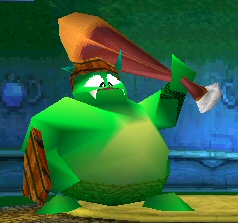
Soundtrack and Graphics
Unfortunately, I've dissected everything about this game and I'm now coming up to the conclusion. The soundtrack for Spyro the Dragon was in its early stages, not quite utilizing the Playstation as much as it could. However it was definitely one of the top 9 games of its time that made the most of the Playstation's lack of technology. In later games the soundtrack would be much bouncier and play smoother instead of this frazzled vinyl record. Favourite song? Gnorc Cove, the first level of the last lobby. As for voice acting, it's very good for its time. There were few voice actors in general, and not many could capture the genius that is Spyro the Dragon. Again, the Playstation did have competition especially with Naughty Dog's orange baby, Crash Bandicoot, but it was later improved. A beautiful blend of modern and cheery music that makes an original change!
The graphics aren't all that bad, and barely outdated. Agreed, they're not exactly on par with Spyro 2: Gateway to Glimmer or Spyro: Year of the Dragon, but you have to give credit for the amount of work put in, right? The environments have seen better days and you may get bored of the later levels. The third zone (Beast Makers) does look dark and miserable, and my face aches every time I enter Tree Tops. The character models look how they're meant to - they make the dragons look heroic (and sometimes gluttonous), Spyro look young and the enemies as deadly as they are stupid. To say the graphics are terrible in this day and age is arguable, as that's a matter of opinion. I much prefer to say "up-to-speed" or "aged", never "bad or good". Otherwise if these graphics are "bad", you'd be willing to say the same about Super Mario, Terraria, Paper Mario, Minecraft, TESV: Skyrim, Rift, Homefront.... I don't think you would. The characters can look cubic and have polygon features but back then what didn't? Even humanity was still going through evolution! In the end, it's all a matter of taste and how well the game performed on the console. I say great job guys!
Conclusion
And now it's time to end my feelings toward this game, and put it aside for another day. I've never really been enthralled by this game much like the second or even third, as it was just the same puzzle with a different way of doing it each time. You can probably reach Gnasty Gnorc in around 7 hours, possibly 10 if you don't know the Balloonists' requirements, but that doesn't mean you'll 100% complete the game. If you rush this on purpose you won't want to play it again, or any time soon anyway. If you go through each level once, find all the gems and dragons, you'll have a lot more fun. The only thing about that is that you won't go back to that level unless you missed something, or you're on another playthrough. Has Spyro the Dragon aged well? In all honesty, yes. Yes it has. In fact, compared to many other titles on the PS1 it's one of the sole survivors of the crash. Agreed, its future isn't all that bright but this is a reminder of how platform/adventure games are supposed to be made, and how a lengthy experience can be granted without unecessarily difficult early stages. If I'm playing this game even to this day, surely that tells you it's good.
I give Spyro the Dragon an 8 out of 9 with the new accolade, "Novelty" for its, what else? Novelty factor! It's a really fun game with huge replayabiliy levels and reasons to go back after defeating Gnasty Gnorc! And you know there's reason to continue because one level won't be unlocked until you 100% complete the game! You can just peek through the gap in the metal dragon head's mouth and see it there, as well as a treasure chest! It's so tempting and it constantly probes your curiosity. There's loads of great tracks to listen to, some brilliant gameplay mechanics and inspiring levels to play through! So if you've got some money, get this li'l beauty on eBay and give it a shot!
Thanks for reading, have a pleasant day and remember: This is just one of many reasons why I'm not ashamed to be a Playstation 1 Fanboy!
More links you might like concerning Spyro!
- Dragon Age II: A Critique
John initiates Critic Mode in his review of Dragon Age 2, criticising the Kirkwall hub, the lack of interesting characters and general gameplay! Want an honest review? Look no further! - Top 9 Reasons why we hate Spyro the Dragon
John gives his Top 9 reasons why Spyro the Dragon has gone to Hell. If you're looking for criticism on characters, breath abilities, unofficial sequels and more, come here and see what John has to say! PS: John gets very emotional toward the end. - John's Happy Hour: Is "Skylanders, Spyro's Adventure" the worst
John discusses Skylanders, Spyro's Adventure's many scams and marketing issues. What's your take on it? And if you don't have any take on it, come along and talk about it! He loves to know your thoughts on the matter!

